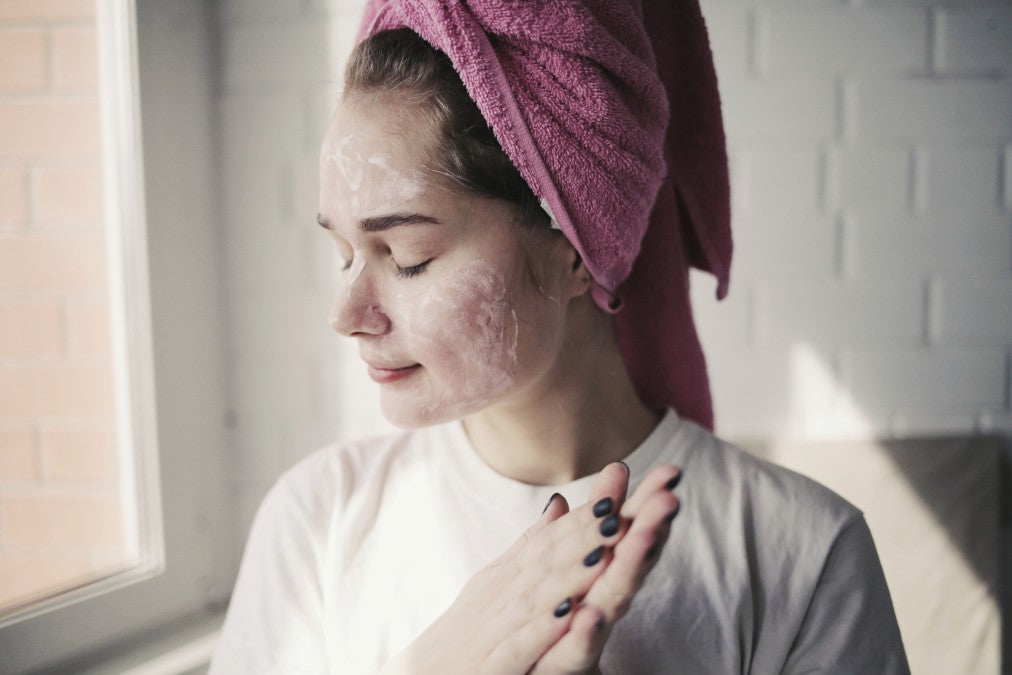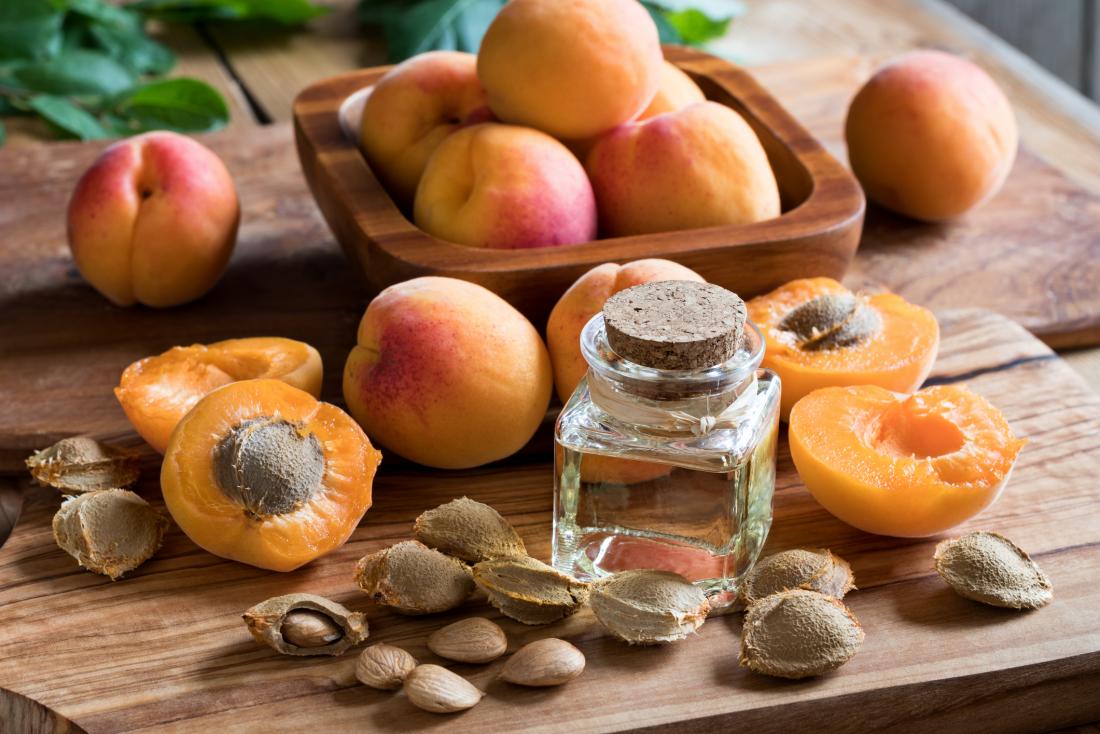
How to get “Glass Skin” Naturally – Latest Beauty Trend Skincare Routine
The term ‘glass skin’ comes from the Korean skincare sector, known worldwide as K-beauty. It refers to a complexion that is luminous and dewy with no obvious pores. Smooth and perfect, like glass.
You don’t have to go to Korea to get impossibly-beautiful glass skin. You just have to find a natural skincare routine that goes further than the usual cleanse, tone, moisturise routine. Results won’t happen overnight, but they will happen. Generally, you’ll start to see your new glass skin face emerge at around the two-week mark.
We’ve distilled the process down to a 7-step daytime routine. While that might be a few more steps than you’re used to, the results will be worth it. For night-time there are two changes; instead of moisturiser you’ll use night cream and you won’t need sun protection.
Steps 1 and 2: Cleanse, then cleanse again.
The benefits of double-cleansing can’t be overstated. It will take you a long way towards that ‘poreless’ look, however it must be done with care or you’ll strip your skin and leave it defenceless.
For the first cleanse use a hydrating cleanser, like Okana’s Natural Radiant Skin Sorbet Cleanser . Its task is to dissolve away any makeup and impurities, leaving the pores clean and clear.
The second cleanse can be carried out using a foaming cleanser , but make sure it won’t upset the natural pH level of your skin. Some foaming cleansers use sodium lauryl sulphate (SLS) as a foaming agent. The alkaline pH-adapted skin barrier is disrupted by SLS[1], something you definitely don’t want to happen.
Step 3: Polish gently
This step is something you’ll do just two or three times a week. To your now-very-clean-skin, apply a natural exfoliator with your fingertips. Use a circular motion to polish the skin’s surface. Pay special attention to open-pore areas and zones you know are prone to black-heads, like around your chin and jaw line.
Step 4: Tone, tone, tone and tone.
The Korean skincare experts suggest you tone your skin multiple times, letting the toner sit for a few seconds between each application. Toning should be done while your face is still damp from cleansing, because you’re trying to get as much hydration into your skin as possible before sealing it in with moisturiser.
A mist toner, like Okana’s Natural Cucumber + Lettuce Toner , makes this easy. Mist on a coat, wait a few seconds, then mist again. Repeat four or five times. Your skin will feel like it just drank a tall glass of water.
Step 5: Apply an essence or serum
While your skin is still damp from the toning ritual, apply a hydrating essence or serum. Okana can’t offer you a solution here yet, but we’re working on it!
Try a product that’s based on natural ingredients, because you don’t want to feed your skin with anything you wouldn’t be willing to eat.
The best way to apply an essence or serum is to put two or three drops in the palm of one hand, rub palms together then press the serum/essence all over your face. Don’t go too close to the eyes.
Step 6: Moisturise
Moisturiser has the task of locking in hydration, to leave your skin looking dewy and gorgeous. Even oily skin needs moisturiser. In fact, oily skin can become even oilier if you don’t use moisturiser as part of your routine. Over-production of oil can be your skin’s way of trying to protect itself.
Choose a cream made with 100% natural ingredients, like Okana’s High Antioxidant Natural Day Moisturiser . After cleansing, toning and serum, your skin is ready to absorb nutrients and protective oils. Applying a coating of artificial ingredients is not ideal; be particularly careful about avoiding parabens and polyethlyene glycol. It’s smart to read the ingredients list on your skincare products, just as you do for food products. Look for things you’d be happy to put in your mouth!
Step 7: Sun protection
New Zealand sunshine has very high levels of UV, because there’s a lot less pollution in the southern hemisphere to block UV rays. Also, the Earth orbits closer to the sun during the southern summer than during the northern summer. [2] To protect your skin from sun damage, you should apply some kind of sun protection every day. This could be a sunscreen or a BB cream. Look for products that use minerals to protect your skin, rather than chemical sunscreens.
Last tip, drink water!
A final step to achieving glass skin is drinking enough glasses of water every day. If you’re dehydrated on the inside, it will show on the outside. As a general guide, for every 1kg of body weight you should drink 0.033 litres of water. If you’re 60kg, that means about 2 litres of water a day. Herbal teas and other non-caffeinated beverages count towards your total.
References
[1] https://www.ncbi.nlm.nih.gov/pubmed/19467032
[2] https://www.sciencelearn.org.nz/videos/87-why-are-uv-levels-high-in-new-zealand-summer




Leave a comment
This site is protected by hCaptcha and the hCaptcha Privacy Policy and Terms of Service apply.